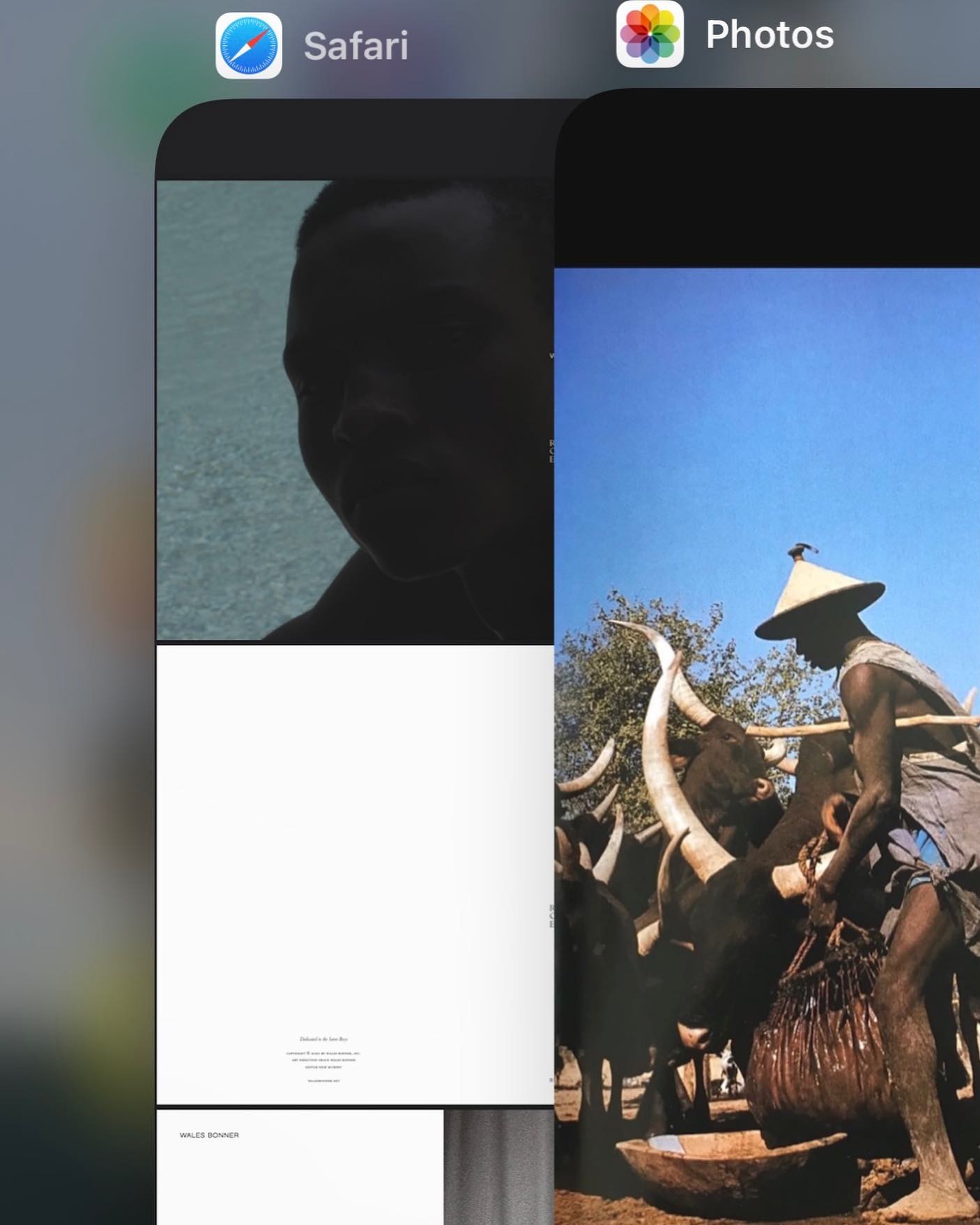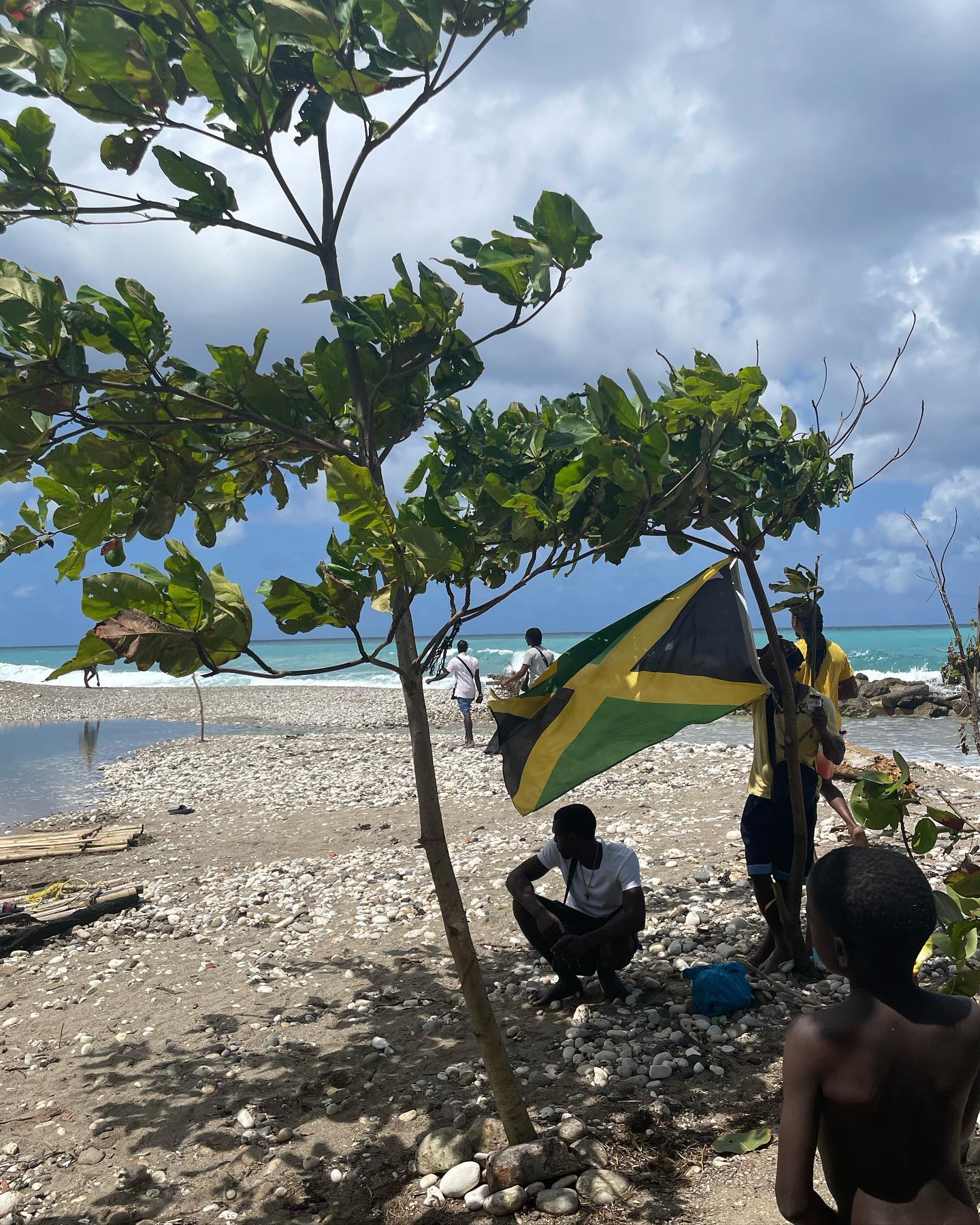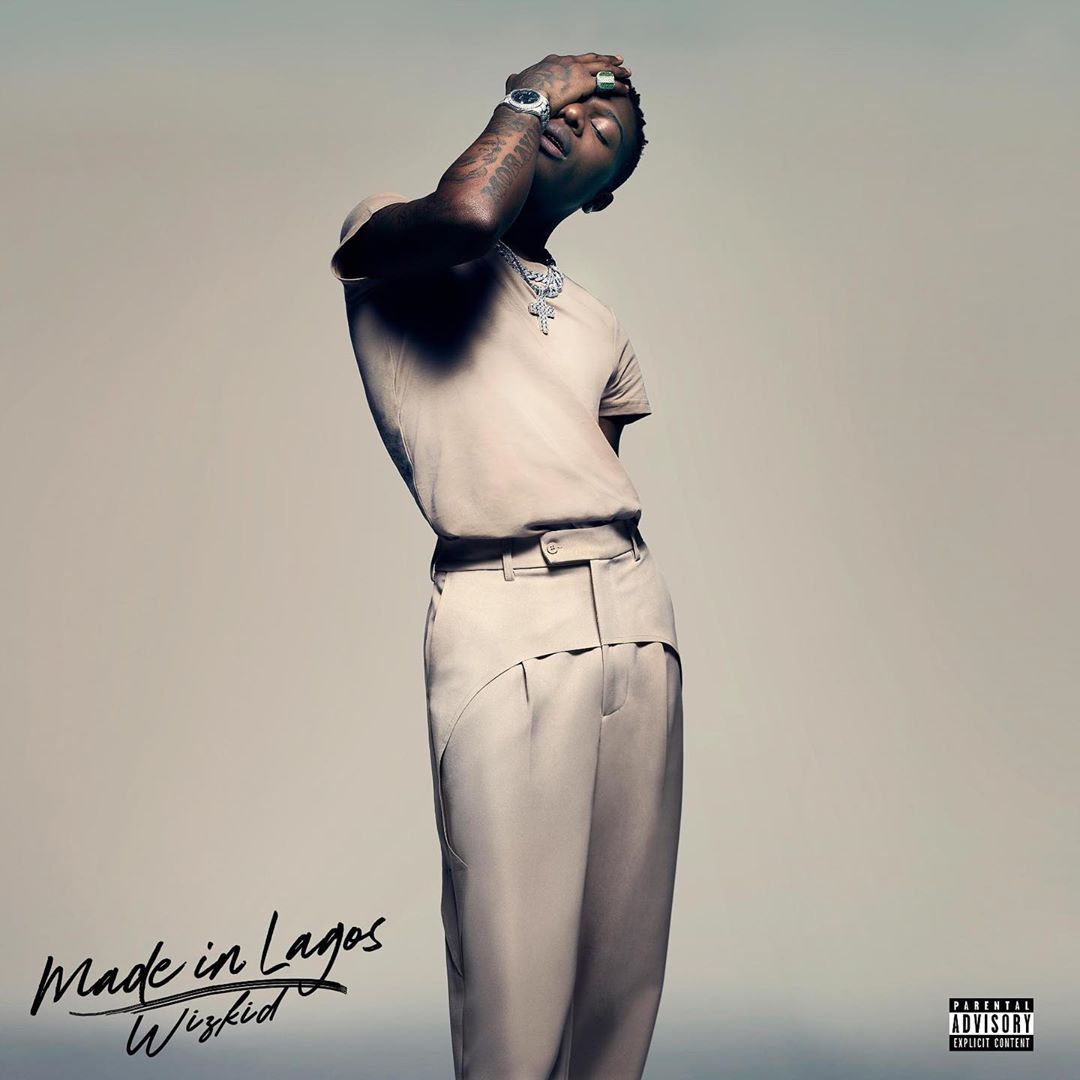In conversation with: Deanna Nelson-Mckie.
Celt Vessel-Bag (2023)
Deanna Nelson-Mckie
H: 46cm x W: 25cm x L: 10cm
Printed olive nubuck leather vessel, with printed leather front layer and top stitched veg tan handle, with ability to attach & detach from a bag to a vessel, with Sam Brown screws.
DEANNA’S ARCHIVES
Deanna’s practice is based on research, materiality and design. Her exploration of her Jamaican heritage, and her documentation of black Caribbean, and African identities makes room for her to cultivate stories, that connect past and present. Deanna’s designs and artefacts translate historical narratives, ancient past, and communicates different visions of blackness.
Desktop: Hover on images to listen / Mobile & Tablet: Click on images to listen.






Beverly Buchanan, Untitled (Double Portrait of Artist with Frustula Sculpture). Black-and-white photograph with original paint marks. Brooklyn Musem.



Image courtesy of Deanna Nelson-Mckie. Traces of Past & Present Caribbean. Research behing the influence of the Celt Vessel-Bag (2023).



(Left) Taino bird figure made of wood. Claimed to be from Dominican Republic (Ostapkowicz et al. 2013) - sourced from British Museum Collections. (Middle) Fishpot from Jamaican Gleaner article Objects from our Past. (Right) Celt image from Origins of the Tainan Culture West Indies by Sven Lovén.
 Jeano Edwards, Familiar Strangers (film). “We have to inherit everything here . All the joy and the fun, and the happiest moments here. Because one day our eyes will close.”
Jeano Edwards, Familiar Strangers (film). “We have to inherit everything here . All the joy and the fun, and the happiest moments here. Because one day our eyes will close.”



Poster design by Sal:mender magazine. Half-figure with canopy, designed with a Jamaican stamp from 1978 (artist unknown), representing an Arawak artefact found in 1792.


Poster design by Sal:mender magazine. Standing figure (left), Birdman (right), designed with a Jamaican stamp from 1978 (artist unknown), representing an Arawak artefact found in 1792.

